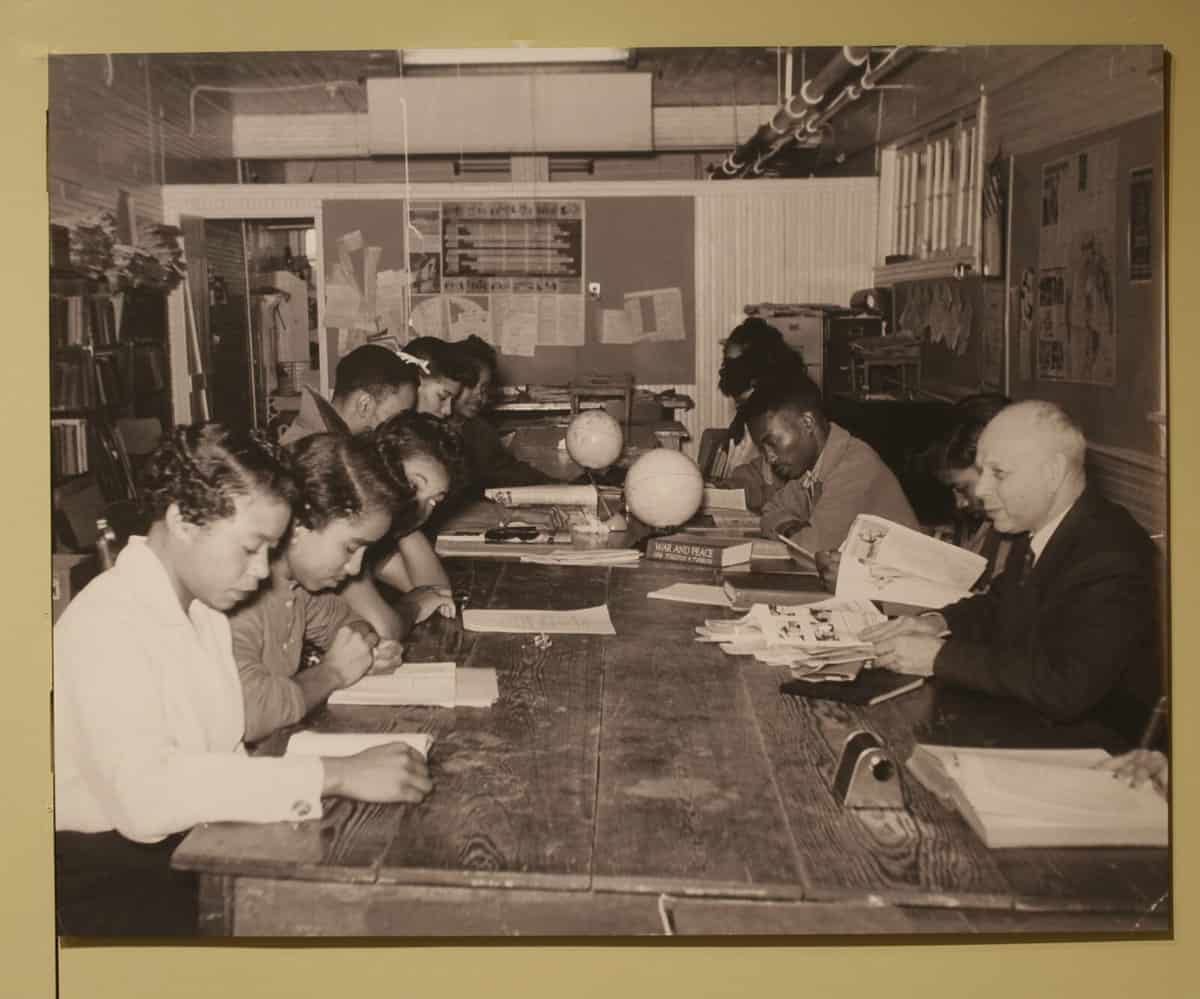
Beyond Swastika and Jim Crow: Jewish Refugee Scholars at Black Colleges
At the American Jewish Congress Convention in 1958, civil rights leader Reverend Dr. Martin Luther King, Jr. expressed his thoughts on the relationship between Black and Jewish communities in the United States:
“My people were brought to America in chains. Your people were driven here to escape the chains fashioned for them in Europe. Our unity is born of our common struggle for centuries, not only to rid ourselves of bondage, but to make oppression of any people by others an impossibility.”
While much has been noted of the Jewish support and involvement in the Civil Rights Movement of the 1950s and 1960s, less well-known is the story of how the African American community opened its doors to Jewish refugees from Nazi-occupied Europe three decades earlier.

Historical Context
In 1933, one of the first pieces of Nazi legislation to be passed was the Law for the Restoration of the Professional Civil Service (Gesetz zur Wiederherstellung des Berufsbeamtentums) which excluded Jewish professionals from all civil service positions, including lawyers, doctors, and professors.
During the Nazi regime, these and other laws continued to remove Jewish people from public life, sending many to ghettos and concentration camps. Jewish academics found themselves at a crossroads: deprived of their livelihoods, their career trajectories in Europe curtailed permanently, these brilliant minds were unsure of what to do or where to go.
Many like German-born Professor John Herz (1908 – 2005), a scholar of international relations and law, had sent multiple letters of application in search of work placement, only to be gatekept by American university professors and administrators, among whom xenophobia and antisemitism was widespread. Rejected from faculty positions at predominantly white schools like Princeton and Harvard, Herz faced an uncertain future.
Fortunately, there was another route. Many of these Jewish refugees found their way to historically Black colleges and universities (HBCUs) in the U.S., including institutions such as Howard University in Washington, D.C. and Hampton Institute in Virginia. For the colleges themselves, hiring these professionals promised an opportunity to expose their students to new ideas from abroad. For the scholars, it was a place to find home, when no one else had offered.

Unexpected Empathy
While there was, at the time, some initial awkwardness between the Black students and their white European Jewish colleagues, both groups quickly came to find common ground. At the time, “Jim Crow” regulations, a series of state and local laws introduced in the Southern U.S. during the late 19th and 20th centuries to enforce racial segregation, reminded many of the Jewish refugees of the conditions in Nazi Europe. Both groups understood the weight of being excluded socially and systemically. White supremacy promoted hate and exclusion for Jews of all races and African Americans alike.
Many of the students developed a rapport with their Jewish professors, fostering deeply intellectual and emotional relationships that lasted a lifetime. One prominent example was the dynamic between Austrian-born art education professor Viktor Lowenfeld (1903-1960) and African American muralist John Biggers (1924-2001.) During his time at Hampton University, Biggers studied with the Jewish émigré teacher Lowenfeld, during which the later helped encourage Bigger’s path as an artist and educator himself.

Beyond Swastika and Jim Crow
This history was chronicled in the Museum exhibition, Beyond Swastika and Jim Crow: Jewish Refugee Scholars at Black Colleges, on view from May 1, 2009 to February 21, 2010. The exhibition illustrated the complex social situation of an integrated community during a time of intense racial segregation and international injustice. Photographs and video from the exhibition appear in the Morris and Fannie Pickman Keeping History Center, where they can be viewed along with select past exhibitions and survivor testimonies. This essential story stands as a reminder of the significance of community and solidarity between marginalized groups: how those with similar histories of persecution came together in a mutual exchange of ideas and philosophies to broaden mindsets and beliefs.